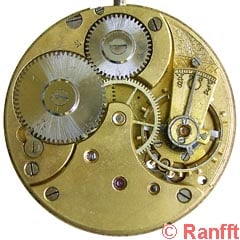bseclier
·Hello everyone,
I'm practicing watchmaking since a few month and I was looking for an omega caliber to work on. I found a very cheap (15€-17$) working "omega pocket watch" on the Internet :
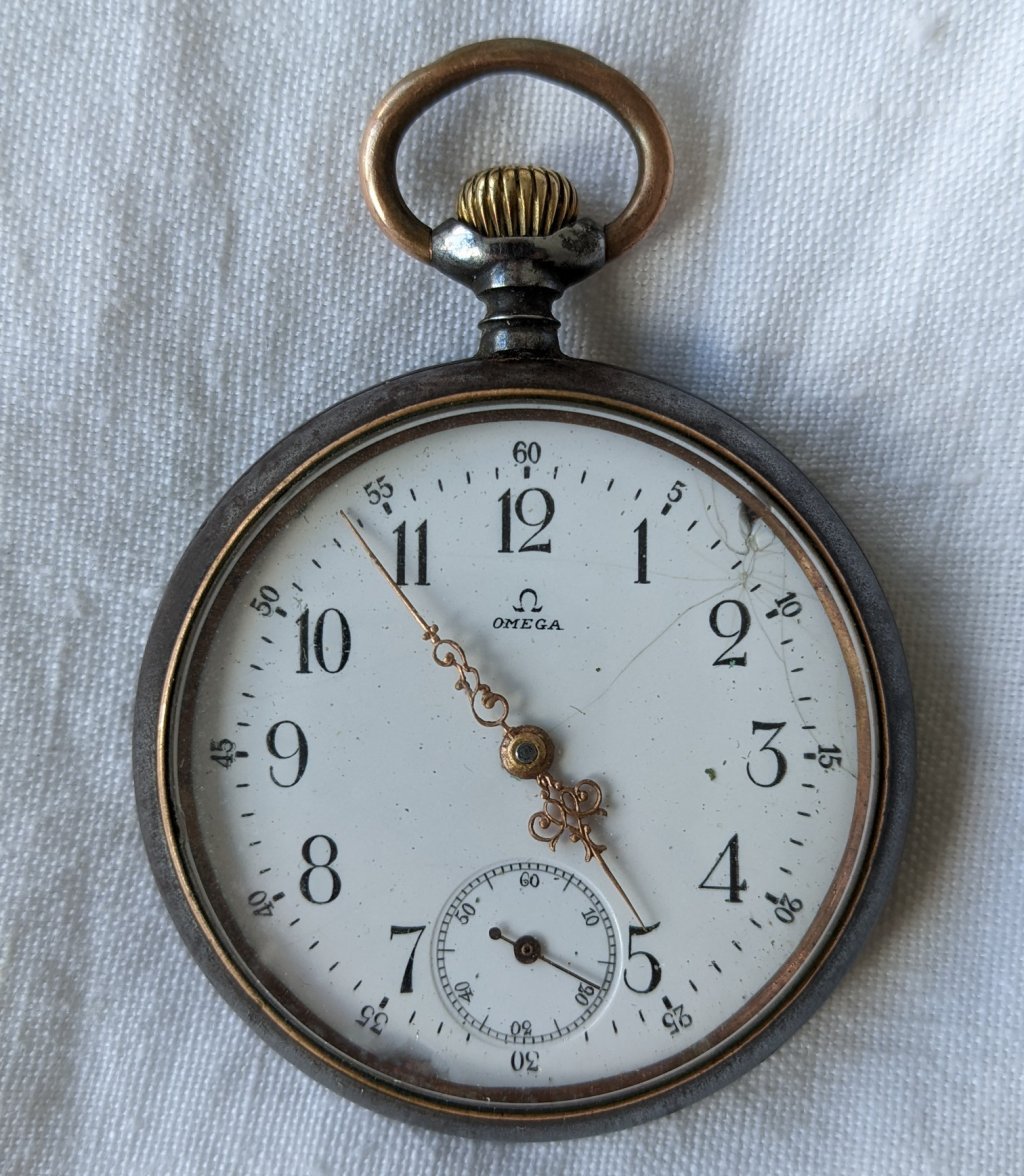
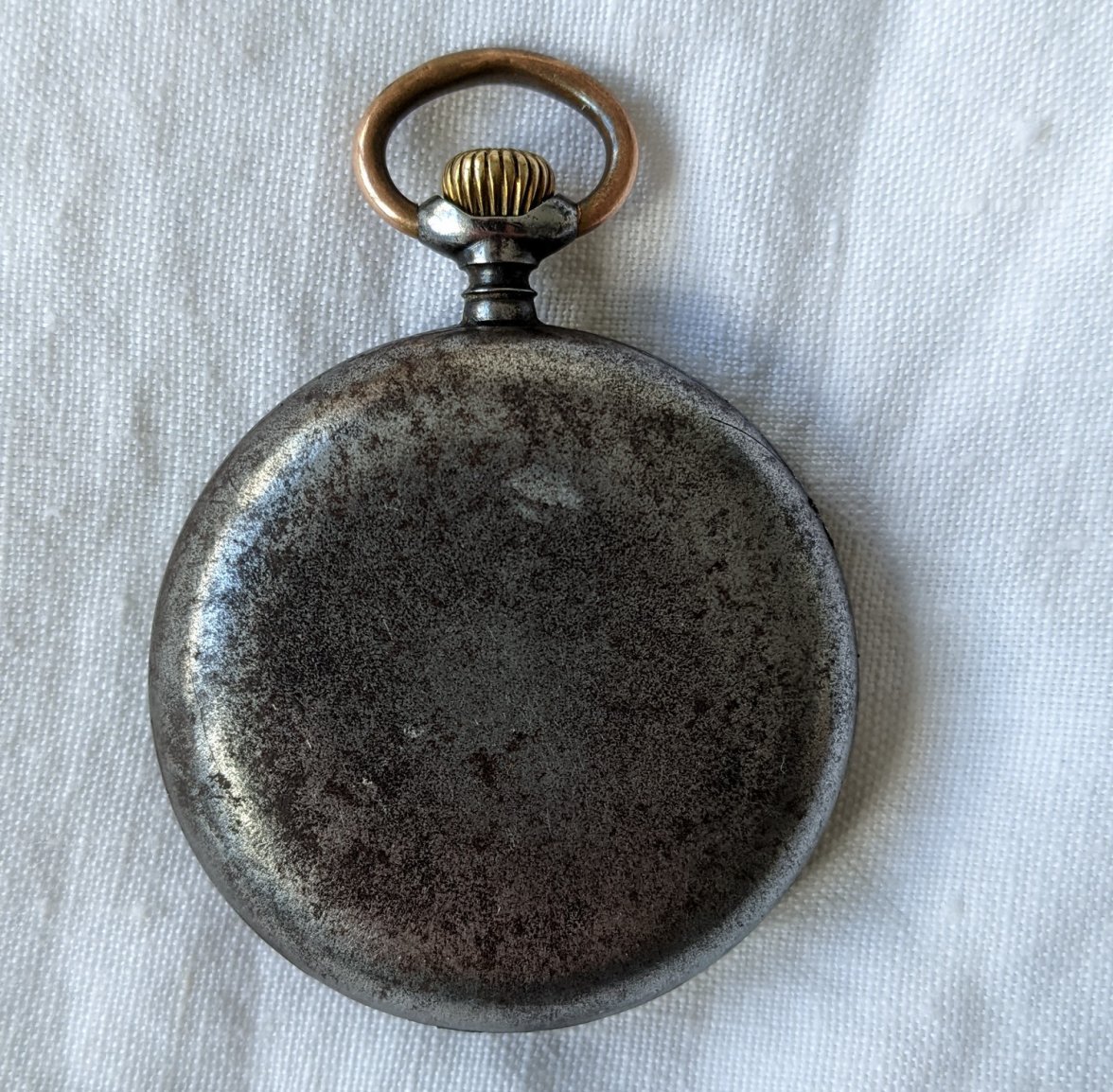
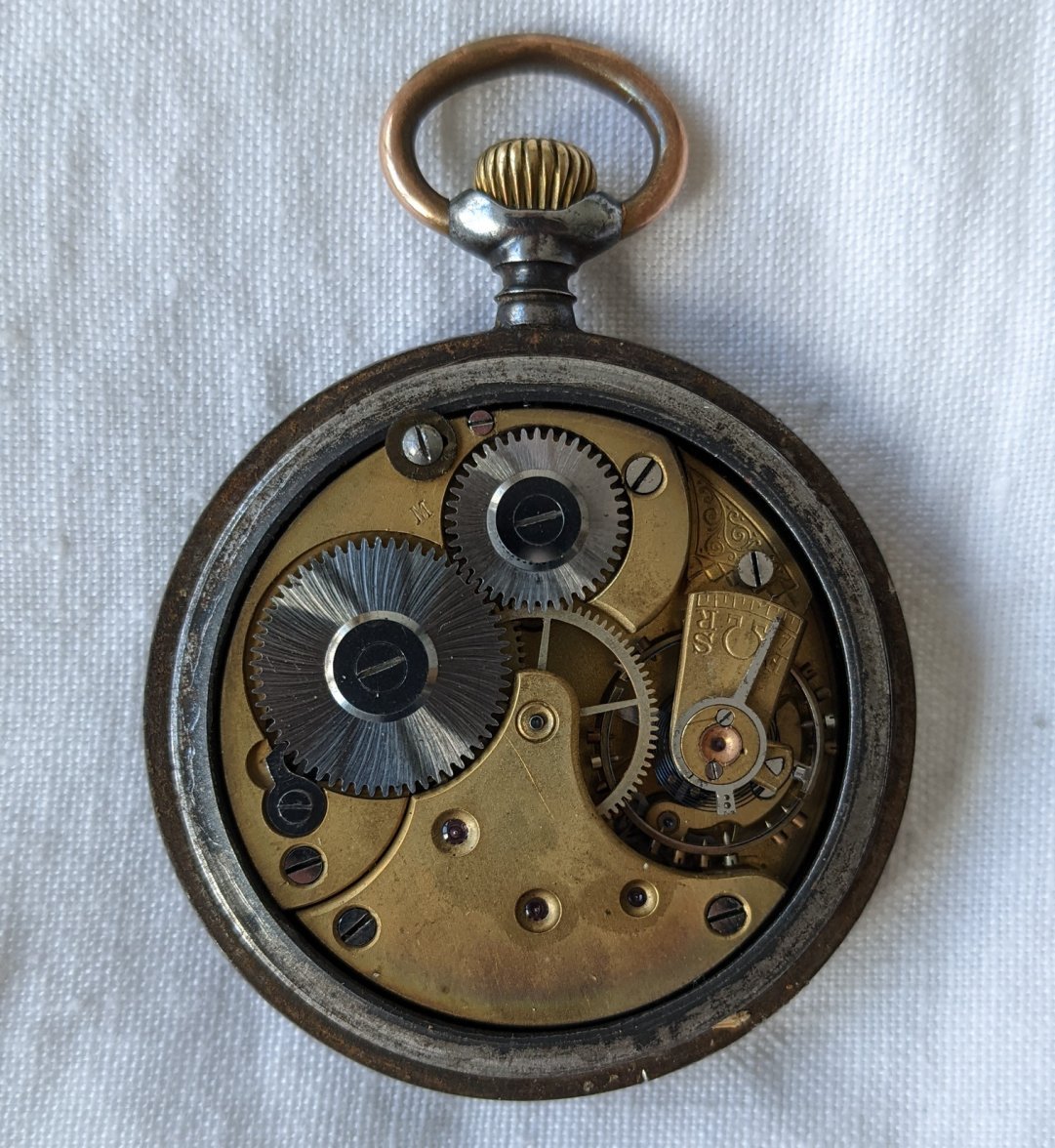
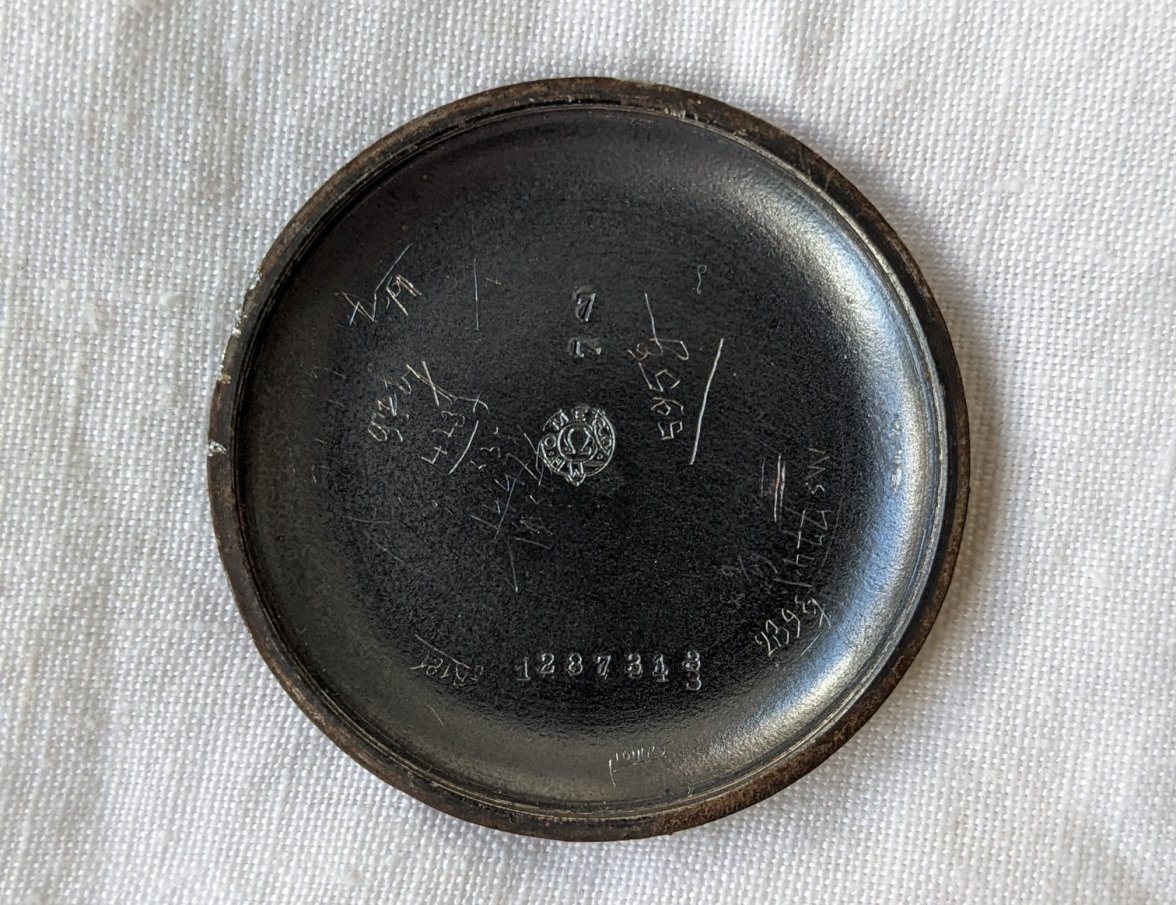
I didn't know anything about the Omega caliber 19 until then. I gathered this information about my new movement (please, correct me if I'm wrong) :
- This is a caliber 19 lines B (the most common/cheap among the 19''' serie)
- According to the serial number into the case (1287343), this watch is from about 1895-1896
- There is no "omega" word, only the symbol on the movement because the brand Omega was found in 1903 based on this revolutionary movement
- There is quite a lot of older watchmaker's mark in the inside of the case but I'm unable to understand any of them
- The material of the cas is "gun blue" if my English word is correct (in french, we say "acier bruni"). The "M" graved on the movement is an import mark for Metal.
Can you tell me more about this specific watch or movement ?
Anyway, since I've learnt about the history of this movement, I felt in love with it and I'd like to restore it the best I can. Problem, I've never done a watch restoration... So I have some questions :
- What is the best way to restore his original case color ? I saw the "perma blue paste" for guns, could it be used here ? See this video of what it should look like.
- For the dial, what is the easiest way to restore it (at least, the hole at the bottom of the watch, the top will be more tricky I guess.
- For the "golden part" of the movement, is it still possible to clean it in order to obtain a shiny movement like here ? : https://urdelar.se/products/omega-19-cal-omega-19-lob?variant=32947186892885
- Is it easy to find other omega hands ? I saw that these above are called "Louis XV hands" but I find them ugly, I'll keep them but out of the watch.
- A last "historical" question : this movement is from late 1800, the Omega brand was found in 1903, so why is there the omega brand on the dial ? I didn't disassemble the movement to see the serial number of it but I'm pretty sure it will be the same as the one carved in the case.
As you saw, I'm quite new in this restoration process and I hope I will not damage this old lady, that's why I'm asking all these questions 😀
Thank you for reading me, I hove I wasn't boring. I really look forward to your reply.
Cheers
I'm practicing watchmaking since a few month and I was looking for an omega caliber to work on. I found a very cheap (15€-17$) working "omega pocket watch" on the Internet :




I didn't know anything about the Omega caliber 19 until then. I gathered this information about my new movement (please, correct me if I'm wrong) :
- This is a caliber 19 lines B (the most common/cheap among the 19''' serie)
- According to the serial number into the case (1287343), this watch is from about 1895-1896
- There is no "omega" word, only the symbol on the movement because the brand Omega was found in 1903 based on this revolutionary movement
- There is quite a lot of older watchmaker's mark in the inside of the case but I'm unable to understand any of them
- The material of the cas is "gun blue" if my English word is correct (in french, we say "acier bruni"). The "M" graved on the movement is an import mark for Metal.
Can you tell me more about this specific watch or movement ?
Anyway, since I've learnt about the history of this movement, I felt in love with it and I'd like to restore it the best I can. Problem, I've never done a watch restoration... So I have some questions :
- What is the best way to restore his original case color ? I saw the "perma blue paste" for guns, could it be used here ? See this video of what it should look like.
- For the dial, what is the easiest way to restore it (at least, the hole at the bottom of the watch, the top will be more tricky I guess.
- For the "golden part" of the movement, is it still possible to clean it in order to obtain a shiny movement like here ? : https://urdelar.se/products/omega-19-cal-omega-19-lob?variant=32947186892885
- Is it easy to find other omega hands ? I saw that these above are called "Louis XV hands" but I find them ugly, I'll keep them but out of the watch.
- A last "historical" question : this movement is from late 1800, the Omega brand was found in 1903, so why is there the omega brand on the dial ? I didn't disassemble the movement to see the serial number of it but I'm pretty sure it will be the same as the one carved in the case.
As you saw, I'm quite new in this restoration process and I hope I will not damage this old lady, that's why I'm asking all these questions 😀
Thank you for reading me, I hove I wasn't boring. I really look forward to your reply.
Cheers
Edited:
